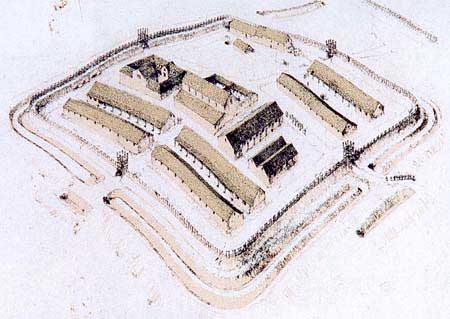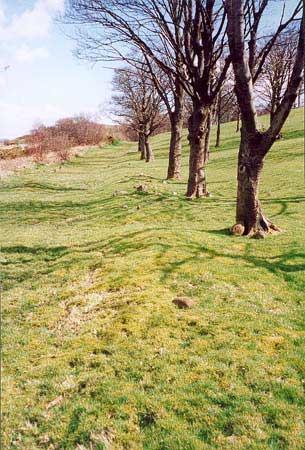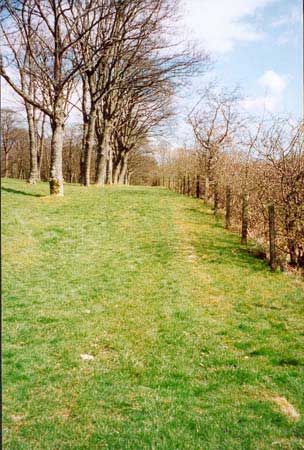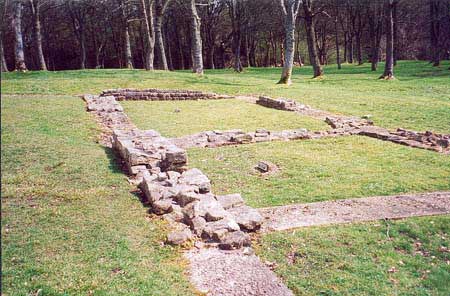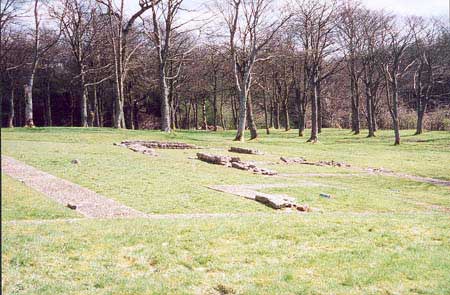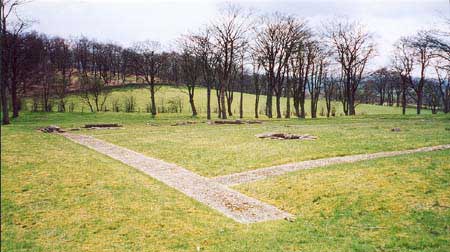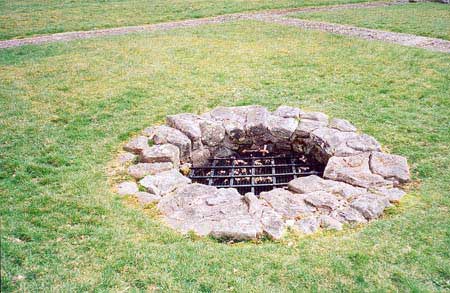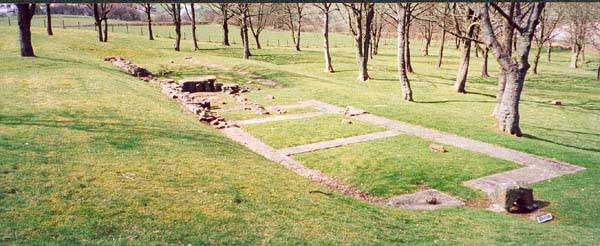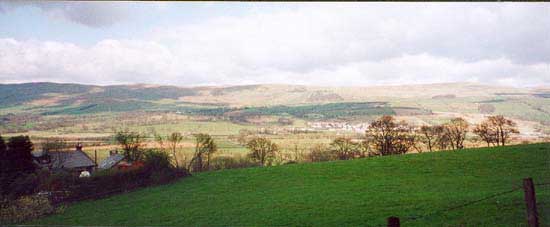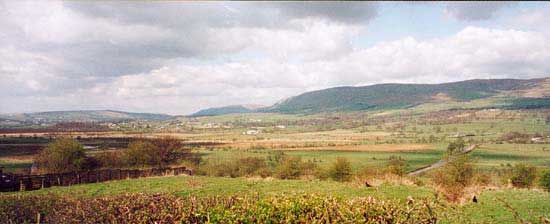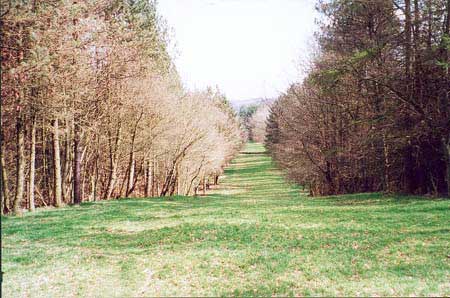Авторизация
Сейчас на сайте
Счетчики
Roman Fort at Bar Hill by Stuart Cameron
Roman Fort at Bar Hill by Stuart Cameron
Many people are surprised to hear that further north from the site of the world famous 'Hadrian's Wall' the Romans for a short time held another fortified line. It has been named after Hadrian's successor, emperor Antoninus Pius, and is hence known as the 'Antonine Wall'.
It was built in AD 142/143 and ran for 37 miles from today's Bridgness on the east coast to Old Kirkpatrick on the west coast of Scotland. It consisted chiefly of a large ditch, the earth from which was heaped up behind it to a rampart, no doubt with some wooden fortifications on top. Alike 'Hadrian's Wall' it was guarded by a system of towers and forts.
The attempt to extend the imperial territory so far north was short lived and already within Antoninus' reign the troops were pulled back again to 'Hadrian's Wall'.
As they abandoned their positions the troops destroyed the fortifications, so they might not fall into the hands of the barbarians. What was left, no doubt over time was used as a quarry by later populations and so today there are few remains indicating the existence of the Roman barrier. However, some bits and pieces remain. One such place is Bar Hill, to the north east of the Scottish City of Glasgow.
The Fort, which covered 1.2 hectares (3 Acres), unusually lay a little behind the Antonine Wall. The Military Way passed between the fort and the Wall. Excavations in 1902-1905 showed that Bar Hill Fort contained a Headquarters Building, Granaries And Bath-House, all of stone, and timber Barrack blocks: there should also have been a house for the Commanding Officer. Of these only the Headquarters Building and the Bath-House are now visible: both were re-excavated in 1978-1982. At different times the Fort was garrisoned by a unit of Syrian Archers and a Cohort of Baetasians, originally raised in France; both were infantry regiments.
|
|
|
A ground plan, illustrating what the fort once looked like |
|
|
|
|
As with many sites not much remains of the once impressive structures. |
|
|
|
|
|
|
One of the very few remaining structures of the fort is the praetorium, the command centre. Some of the foundation walls seem still to be there, the course of others is indicated with strips of concrete flush with the ground. Note also the well which is still well preserved and took up a very central position in the headquarters, no doubt according to its obvious importance. |
|
|
|
|
|
|
As usual with Roman forts, the existence of a bath house indicates just how serious the civilised past time of bathing was to the Romans. For however hostile the territory might have been, it appears the Romans would not do without their bath house. |
|
|
|
|
|
|
The views provided from Bar Hill demonstrate quite easily why the Romans chose to site their fort here. |
|
|
|
|
|
Alas, here a bit of speculation on behalf of the photographer, who thinks that this tree-lined straight which runs down the eastern slope of the fort perhaps indicates the course of a Roman road leading to the fort. |
***

